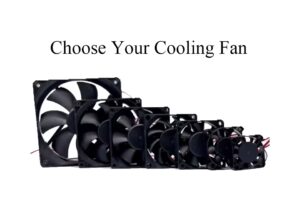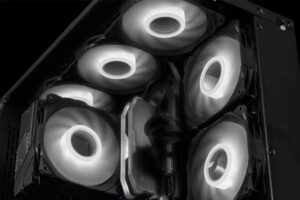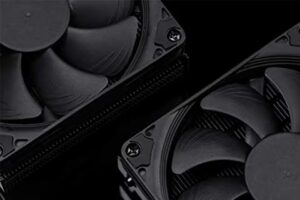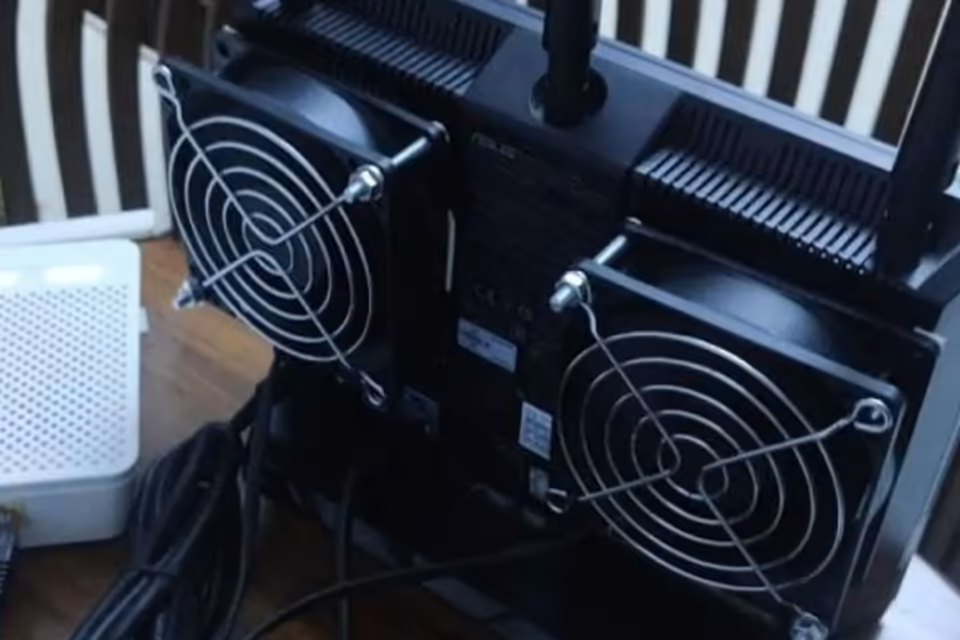A cooling fan is a critical device employed across various applications to regulate temperature, enhance equipment performance, and ensure operational efficiency. Their significance is underscored by the diversity of their designs and functionalities, which include axial fans, centrifugal fans, and blowers, each tailored to meet specific cooling requirements and environmental conditions.
The selection of the appropriate cooling fan is influenced by several factors, including airflow requirements, static pressure, and the specific needs of the application.
Understanding these parameters is vital, as improper fan selection can lead to inefficiencies, increased operational costs, and potential equipment failure.
Moreover, noise levels and power consumption are also critical considerations, particularly in environments where sound levels must be minimized or energy efficiency is a priority.
A comprehensive understanding of cooling fan types, selection criteria, and performance metrics is essential for optimizing their use in diverse applications, ensuring not only effective temperature management but also operational reliability and cost-efficiency.

Types of Cooling Fans
Cooling fans are essential components used in various applications to regulate temperature and ensure efficient operation. They can be broadly categorized based on their design and operating principles. The three common types of industrial cooling fans include axial fans, centrifugal fans, and blowers for targeted cooling.
Blowers for Targeted Cooling
Blowers are a specialized type of fan designed for specific cooling needs. They typically focus on delivering air directly to components that require cooling, thereby enhancing performance and efficiency in localized areas. When selecting blowers, engineers must consider key specifications such as bearing types, noise levels, and flammability grades of materials used.
Axial Fans
Axial fans are characterized by their design, which consists of blades mounted on a motor-driven rotating shaft (axis) that pulls air in and expels it parallel to the shaft.
These fans are capable of moving large volumes of air at low pressure levels, making them suitable for various applications, including HVAC systems. Variations include propeller fans for general ventilation and vane axial fans, which are more efficient in ducted systems.
Centrifugal Fans
Centrifugal fans operate using a rotating impeller enclosed within a duct, which generates centrifugal force to increase air pressure. This design allows them to handle large volumes of air and create high pressures, making them ideal for applications where airflow resistance is significant, such as in air handling units and dust collection systems.
They are known for their durability and efficiency in managing moist or dirty air streams.

Factors to Consider When Selecting a Cooling Fan
Selecting the appropriate cooling fan is a critical process that hinges on several key factors to ensure optimal performance and efficiency.
First, assess the specifications and conditions of the machinery that requires cooling to determine the internal temperature requirements and the amount of heat generated. This thermal analysis is crucial for calculating the necessary airflow, which is typically expressed in cubic feet per minute (CFM).
Choosing the right fan type and design is essential. Axial fans are effective for displacing large volumes of air at low pressure, making them ideal for open environments, while centrifugal fans excel in scenarios where static pressure is a concern due to resistance from ducts and filters. Engineers must evaluate the balance between static pressure and airflow carefully to ensure the selected fan meets cooling requirements without compromising efficiency.
In addition to performance, factors such as noise levels and power consumption must be considered. Different fan types have varying noise outputs, and the energy efficiency of the fan plays a critical role in long-term operational costs. Finally, consider the application-specific needs, whether for electronics, industrial machinery, or HVAC systems, to ensure the fan enhances the overall functionality and longevity of the equipment.

Performance Metrics
Understanding the performance metrics of cooling fans is essential for optimizing their efficiency. Key indicators provide insights into a fan’s performance.
- Airflow (CFM): Measured in Cubic Feet per Minute, this indicates the volume of air a fan can move and is crucial for effective temperature regulation.
- Static Pressure (SP): Measured in inches of water gauge (in. wg), this reflects the resistance a fan encounters. Fans with high static pressure are ideal for systems with obstacles like filters.
- Efficiency: This is a measure of how effectively a fan converts electrical power into useful airflow, impacting operational costs.
- Power Consumption: Expressed in watts, this quantifies the electrical energy required for a fan to operate.
- Sound Levels: Measured in decibels (dB), this represents the noise produced by the fan during operation.
By following these guidelines, you can make a better decision for your cooling fan!










